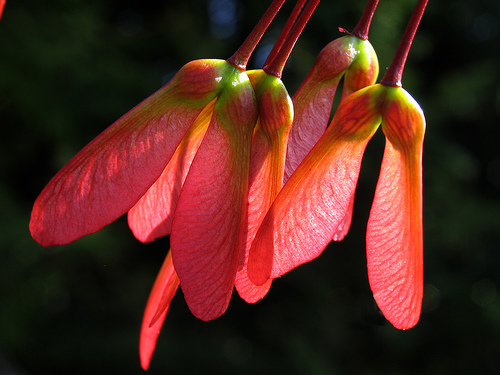
Maple seeds are edible. Photo by Roddh
John Chestnut Park in New Port Richey, FL, has a 30-foot tall, slightly wobbly, telephone-pole constructed observation tower. This time of year as one looks out from atop the tower there are patches of scarlet red. A couple of months ago small patches were Dahoon Hollies in fall glory. Now the showy crimson sprays are growing maple seeds. Yes, Virginia, there is more to maples than just syrup.
The park is on Lake Tarpon, five-miles long, a mile wide, 12-feet deep, with varying degrees of swampiness which is attractive to many a maple species. If you look around nearly any lake now you can find trees ablaze with red, often long stretches of them taking up part of the horizon. Those are fruiting maple trees. Up north those spring seeds will be green, except on red maples. When young, the seeds can be quite sweet and eaten raw, or parched, or boiled. Usually the wings and hulls are removed first. By the time the wings have turned brown the seed is usually bitter so leaching, boiling and/or roasting might be needed. Some native tribes also sprouted the seeds for fresh greens after the long winter. To read more about maples click here.
John Chestnut Sr. Park was named for a county commissioner who worked mightily to make parks more accessible to citizens. Inside the park is the Peggy Park Trail. I usually start my classes at that trail. It’s named for a wildlife officer killed in the line of duty. Her story is here.
Perhaps you missed it on your social calender. Take another look. I’m sure it’s there: 2013, International Year of Quinoa (IYQ.) The next question is what to wear for the occasion? A pseudo-cereal, Quinoa (KEEN-whah) is found in health-food stores and is often thought of as a good culinary substitute for rice. The Incas called it the “Mother Of All Grain” though it really isn’t a grain but a seed. It fit in their diet between the potato and maize. Quinoa is about 14% protein — impressive for a plant — and has a good amount of fiber. According to the United Nations the objective of the IYQ “is to focus world attention on the role that quinoa’s biodiversity and nutritional value plays in providing food security and nutrition [and] the eradication of poverty in support of the achievement of the internationally agreed development goals…” I think they mean use Quinoa to feed people. What I find interesting is that Quinoa is a Goosefoot, Chenopodium quinoa. It’s relative of several weeds most of us have growing in our neighborhood. And the answer to the next question is yes, your local Chenopodiums have edible seeds, your own pseudo-cereal source. The only precaution is like Quinoa all Chenopodiums seeds must be soaked first to remove bitter saponins (a natural, bitter soap.) To read more about how to put Chenopodiums in your future and tummy, click here.
As I’ve written on the Green Deane Forum, food is where the water is. It makes no difference whether the water is fresh, brackish or salt, food is where the water is. The flora and fauna may change with the type of water but food is where the water is. The farther away you are from water, the farther you are away from food. This holds true in a city park, a state, or a country… even a continent. I do not recommend foraging in ditches but when I do a class I never pass up a ditch because it is an opportunity to identify wild edibles. Being lower, ditches are usually wetter and more often than not will have more growth and an increased number of edibles. This holds true even for a small depression on a lawn. On a grander scale valleys have more edibles than mountain tops. I also never pass up a pile of dirt. It is temporarily disturbed ground which gives weed seeds a green light. With even a little dew-distilled moisture, weeds will sprout there at least once usually including wild edibles. Recently cleared land is also a hotbed of weeds. The best pokeweed haul I ever had came from a housing development that was put on hold. The land was cleared but left untouched for a season. It was a huge bonanza. Ditches, piles of dirt, cleared ground. Put them on your foraging radar.
I met two foragers recently who think taste reveals edibility, that is, one can tell by taste whether a plant is edible or not. Both of these young men have the motto ‘if it tastes good eat it.’ I recommended they both get good life insurance policies. At least someone will benefit from their foolishness. Several deadly species have been reported by their victims as very tasty, yew seeds and water hemlock roots come to mind. One of the men said taste had to be the criteria because humans would not go through trial and error to find edibles. Wrong. In fact that is exactly what many groups did, trial and error. Some North American tribes had a set procedure, their own form of “field testing.” While that served its purpose in the past I don’t teach “field testing” because I can also think of a plant or two that can pass the field test and still make you ill or dead. It’s better to learn the edibles around you.
My counter to “taste tells” is tens of thousands of accidental “poisonings” reported each year. Those people apparently were not correctly informed by taste that they were eating something bad for them. There are also many livestock poisonings as well demonstrating that toxic plants can get past the natural guards animals have which includes “palatability.” Essentially “palatability” means it tastes good to the eater. That can vary, of course. What humans might call palatable — rare beef for example — might not be what a cow would call palatable. Actually livestock do have hay preferences. But both groups, humans and animals, show taste and or palatability is no indicator of safety when it comes to wild food. There are very few foraging shortcuts. Know thy plants.
The Florida Herbal Conference is February 15-17. You learn better at conferences because you are getting quality information from teachers with years of experience. Besides hands-on experience your questions can be answered quickly and to the point, no rummaging around to resolve an educational issue. You’re also with similar-minded people so there’s strong camaraderie. You are the majority. For more information go to: Florida Herbal Conference.
On a personal note I am looking to add another microscope to my tools of the trade. I have an excellent “dissecting” microscope that magnifies 10x and 30x. However I also need a microscope that can do from 60x or so up to at least 1000x if not 2000x. A biological compound with oil immersion would be nice, or it can be monocular, again with oil immersion. Used is good, or new. I’ll be using it to look at spores and other itty-bitty stuff so it will need an ocular micrometer or must be able to be fitted with one. If you have one in your closet you are not using anymore or know of a college selling off some lab microscopes please let me know. Thanks.
And other things too… Forty-four years ago E. Ralph Handsaker died two weeks shy of his 83rd year. With his death life in his Colo, Iowa, farmhouse came to a standstill. The family boarded up the building and let it sit until April, 2003. That year Ralph’s great grandson, John Handsaker, was going to renovate the old place and move in with his new bride. When they opened it up no one had been living there since 1969. The old man’s coffee cup was still on the kitchen table, his hat on the rack. Ralph, though an Iowa farmer through and through, was also a woodcarver, cabinetmaker, outdoorsman, keen amateur naturalist and oologist. The house held an assortment of stuffed animals and pickled snakes. It also had two large cabinet full of preserved bird eggs untouched by time or tornadoes.
Carefully drilled and blown out, each was identified and accompanied with collection information. They were nestled in cedar shavings to keep away insects. The four thousands empty eggs from around the world included more than 830 sets. Collecting bird eggs was outlawed nearly a century ago in 1918. Ralph, however, was one of only three people in the United States to get a federal permit to continue egg collecting. He got his first set of eggs at age 12 in 1898, a house wren, and his last in 1963, the upland sandpiper when he was 77. In between those dates he ran a huge farm, had six children, was a widower after 19-years of marriage (to Sarah Brooks, mother of their six children) and then remarried (to Hattie McCord.) …Love me, love my egg collection… “Handsaker,” by the way, means a “plot of cultivated land” as in an acre cultivated by hand… hands acre…
The 15-drawer cabinet housed Ralph’s collection. A 13-drawer one had the life collection of John L. Cole of nearby Nevada, Iowa. He collected eggs from 1903 to 1937. When John died the Cole family gave his collection to Ralph. Other collectors also sent Ralph eggs, the oldest from 1875. The distribution ranged from the Antarctic to Greenland, from tiny hummingbirds to huge emus.
An expert, who unknowingly grew up 10 miles from Ralph’s home, was called in and the collection painstakingly catalogued and photographed. It now resides at Yale’s Peabody Museum where it’s studied by ornithologists. What Ralph or his friend John nor all the others who contributed eggs could not have imagined is that one day their combined collection would be a prime repository of DNA from the small bits of died yoke and white still inside. It provides an invaluable historical perspective, clues to diversity, and to species distribution; a biological treasure trove. The ornithologist who has guided the collection from rediscovery to museum, Carrol Henderson, has written a book about it called “Ralph’s Talking Eggs.” His birding website is here. As one writer said the moral of the story might be never judge an Iowa farm house by how it looks from the outside. If you want to read about eating wild eggs rather than collecting them click here.
To donate to the Green Deane Newsletter click here.

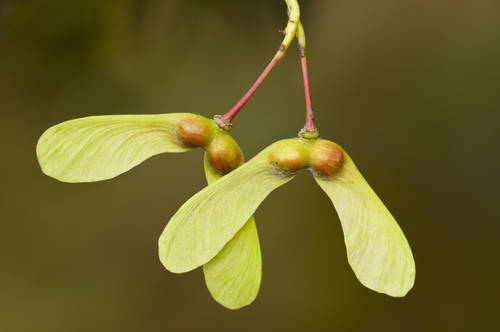
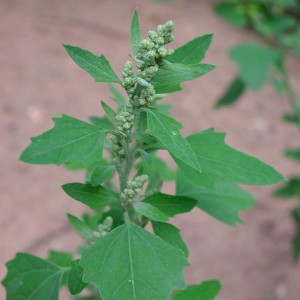
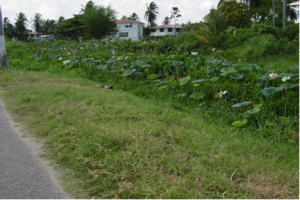
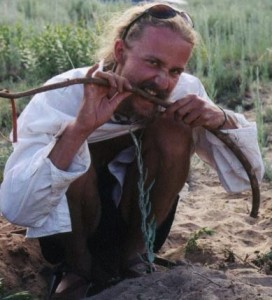

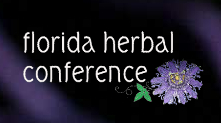
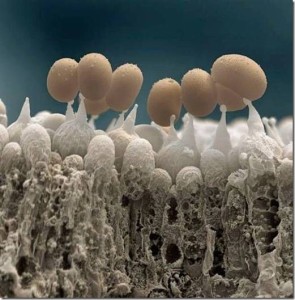
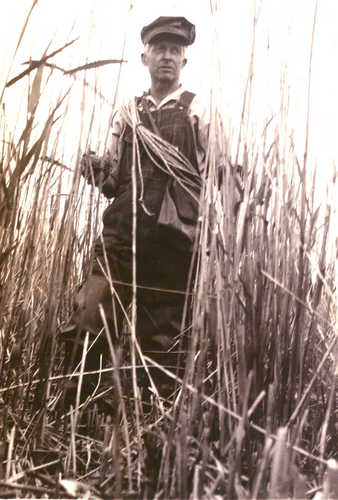
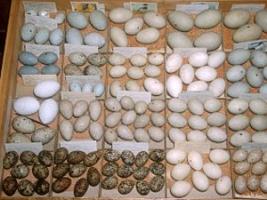
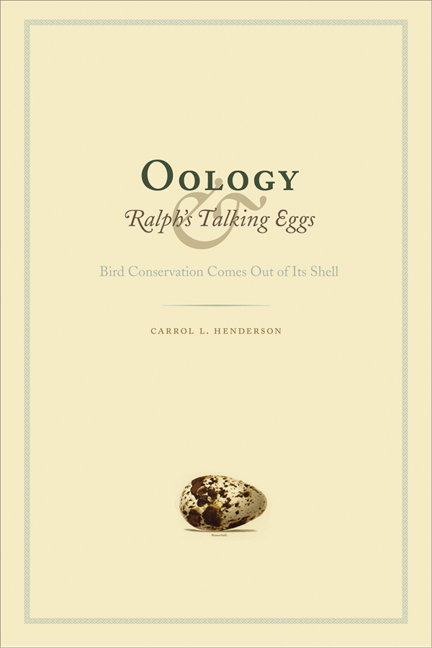

Happy New Year, Deane. Your newsletter is always a salaciously entertaining feast of information. Egg DNA? Sounds like the premise for a movie by Steven Spielbird.
Patrick
Happy New Year Deane. You have just added to the list of coincidences I write about in the latest post to a blog I co-author with another botanist.
http://botanistinthekitchen.wordpress.com/2013/01/08/welcome-to-2013-the-international-year-of-quinoa/
I love your blog and learn a lot from it!
That’s a wonderful article and well worth studying.
Quinoa is part of a 4 bean salad at Fresh Market, one of which is located at Wire Grass Mall, not far from the New Tampa area one of your weekend weed eating classes is held. Tasty stuff. I often hit the place after checking out Barnes and Noble directly across the street.
Of course the pigweed resembles lamb’s quarters. Fooled me.
Dave
I am a collector of wild edible plants and an artist. My botanical prints have DNA of the plants embedded in the plates!
The sad story of the wildlife officer , Peggy , remains a symbol of loyalty , devotion , and respect to see the law enforced – all that is an outcome of carrying the job as a hobby . How great too is her mother still teaching the belief ” All should be responsible of what they are doing , ” with added strength after her daughter’s death . About ” Food is where water is ,” let me add two holy verses : 1/ ” We have made from water every living thing , ” 2/ “And after that He spread the earth . And brought forth therefrom its water and its pasture . And the mountains He has fixed firmly. A provision and benefit for you and your cattle . ” With respect to taste and edibikity , as a chemist in laoratory work , I advice my students never to taste chemicals . Concerning cattle grazing on poisonous grass ,I know of farmers in my country , Sudan , who feed their cattle after making sure the grass – Sorghum vulgare var. Sudanese or Sudan grass is well dried under the sun . This is to avoid poisoning , most probably by hydrocyanic acid ( you may refer to : P.G.Hogg and H.L.Ahlgren , J. American Society of Agronomy vol.34 ,199 , 1942. ) Thank you .
You had mentioned a book on lawns from the extention office that had something to do with weeds, but said it was great book to identify a number of edibles. I can’t find that reference and was wondering it you could tell me the name of the book again
Thank you
Go to my website and type into the search window: southern turfgrasses
Hi, Deane,
Thank you for yet another interesting, informative newsletter. I found the story of E. Ralph Handsaker fascinating. I would love to have known him.